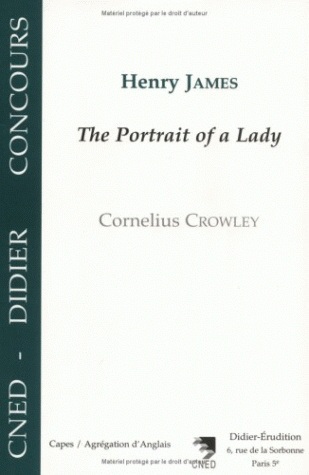The first paragraph of James's The Portrait of a Lady instructs us that what follows is a « simple history ». The aim of the present study is to persuade the reader to accept the narrator's proposition. For James, the art of fiction is the art ideally suited to the task of representing two complementary realms : the outer, social space of enterprise, the inner, subjective space of consciousness in which the meaning of such enterprise is evaluated. The simplicity of James's Portrait is thus the simplicity of lived experience and Isabel Archer, who cannot escape her « fate », is the exemplary instance of a more general human condition. Representation is a mode requiring us to give equal attention to the novel's well-wrought verbal texture and to its status as a fable of the fatal enclosure of the self in its « envelope of circumstances », however fortunate and auspicious the latter initially appear to be. To read James's novel is to learn something of the ordeal of living.




